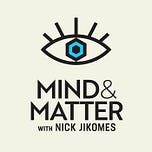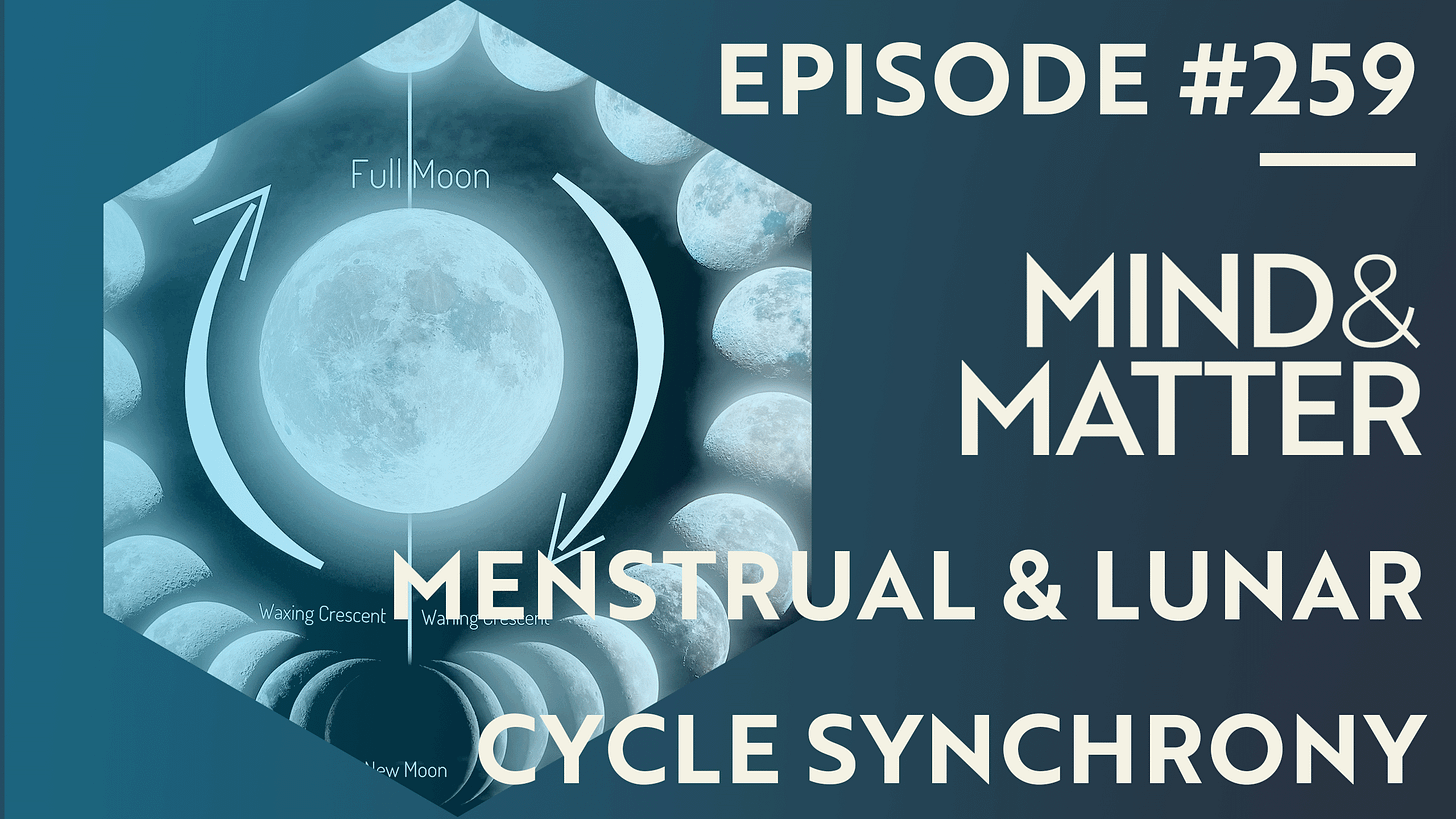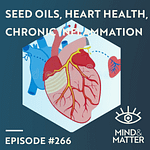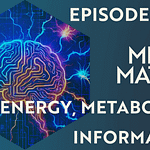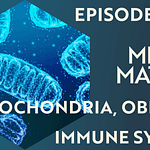Wide release date: October 20, 2025.
Episode Summary: Dr. Förster talks about how biological clocks, including circadian, tidal, lunar, and annual cycles, regulate behaviors in various species, with a focus on lunar cycle effects on human menstrual cycles. They explore historical and modern data suggesting that menstrual cycles may synchronize with lunar phases, a phenomenon potentially disrupted by modern artificial lighting, particularly blue light from LEDs post-2010. The conversation also covers circadian rhythm mechanisms in fruit flies and humans, highlighting the role of light and neuropeptides in maintaining biological synchrony.
About the guest: Charlotte Förster, PhD is a senior professor at the University of Würzburg specializing in chronobiology, particularly circadian rhythms in fruit flies, and has recently explored lunar cycle influences on human menstrual cycles. She holds a position at the Chair of Neurobiology and Genetics and is now retired but continues research as a senior professor.
Discussion Points:
Biological Clocks: Various clocks (circadian, tidal, lunar, annual) regulate behaviors; circadian clocks manage 24-hour cycles, while lunar clocks influence reproduction in marine species like corals and Christmas Island crabs.
Lunar Cycle & Menstruation: Historical data (pre-2010) showed many women’s menstrual cycles synchronized with lunar phases (full or new moon), but this decreased post-2010, possibly due to blue light from LEDs disrupting biological rhythms.
Blue Light Impact: Blue light from modern devices mimics daylight, potentially desynchronizing circadian and lunar clocks, with melanopsin in the eyes playing a key role in light sensitivity.
Winter Synchronization: Menstrual cycle synchrony with lunar phases is stronger in winter, particularly January, possibly due to brighter moonlight or gravitational effects when Earth is closest to the Sun.
Circadian Mechanisms: In fruit flies, 240 neurons manage circadian rhythms via clock genes with a 24-hour feedback loop, conserved in humans, where neuropeptides regulate slower, sustained rhythms.
Health Implications: Disrupted circadian rhythms can desynchronize body clocks, impacting digestion, immunity, and increasing risks of cardiovascular issues, obesity, and cancer.
Lifestyle Tips: To maintain synchrony, maximize daytime light exposure, minimize nighttime blue light, time meals appropriately, and exercise during the day, not late at night.
Reference paper:
Study: Synchronization of women’s menstruation with the Moon has decreased but remains detectable when gravitational pull is strong
Related content:
M&M 124 | Hormonal Contraception, Sex Hormones, Menstruation, Pregnancy, Puberty, Estrogens, Androgens, Effects of Birth Control on Cognition | Adriene Beltz
*Not medical advice.
Full video version: [YouTube]
Support M&M if you find value in this content.
Episode transcript below.
Episode Chapters:
00:00:00 Intro
00:01:32 Chronobiology Overview
00:08:00 Lunar Cycles & Menstruation
00:15:04 Menstrual Cycle Data Collection
00:23:09 Blue Light Impact
00:32:29 Gravitational Influence
00:39:47 Circadian Rhythms in Flies
00:47:12 Clock Mechanisms & Neuropeptides
00:53:04 Health Impacts & Lifestyle Tips
Full AI-generated transcript below. Beware of typos & mistranslations!
Listen to this episode with a 7-day free trial
Subscribe to Mind & Matter to listen to this post and get 7 days of free access to the full post archives.


